
Sustainable Materials
Stainless steel has been successfully used in building envelopes since the completion of the Chrysler building in 1928. Today, it is used as both a

Stainless steel has been successfully used in building envelopes since the completion of the Chrysler building in 1928. Today, it is used as both a

Urban noise pollution is a major environmental health problem. International organizations are making efforts to prevent health damage due to high
The built environment has a significant impact on our natural environment, depleting non-renewable resources, overwhelming landfill sites, and
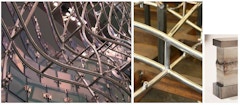
This paper presents a summary of the industry advances beyond T304 and T316 austenitic stainless steels. The greater availability of precipitation

Factory inspection visits are vital, yet they unfortunately have a habit of being overlooked. The factory inspection process during the Building
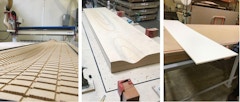
Navigating the building code, while challenging in any respect, can be even trickier when considering the use of emerging materials on building

This paper will explore steel forming methods other than cold drawn or hot rolled processes, and how they allow steel to be utilized as the primary

Iridescence effects, quench marks, leopard marks… The names given to optical anisotropy in toughened and heat-strengthened glass are diverse and
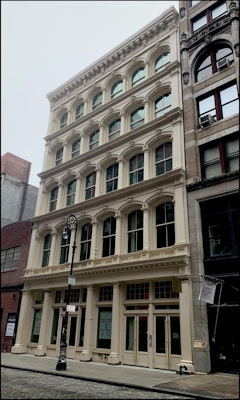
In 1871, a fourth level Architecture course was offered in New York City that instructed on topics such as heating, ventilation and circulation of

Current glass industry standards provide clear tolerances for readily quantifiable physical properties to assist with the evaluation of visual

Many factors will influence coating selection, but to achieve the desired performance level for a given situation, coatings must be specified based
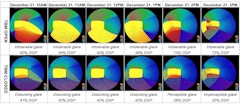
Allowing sufficient amount of natural light while avoiding excessive sunlight penetration is often hard to achieve with static facade systems due to
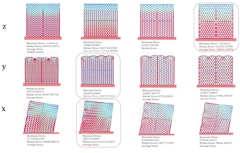
This research looks at the relationship of material and geometric distribution to set a methodology for integrating structural and thermal design.
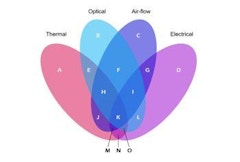
Cost-effective, sustainable, self-actuating, thermally-responsive, bio-composite exo-skins that act like shields or cloaks for existing buildings

Life cycle assessment was introduced in the 1970s as an analytical tool to quantify the environmental impact of a product, process, or service.
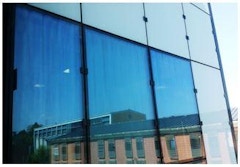
Anisotropy is also known as Brewster marks, quench marks, strain pattern, leopard spots, Iridescence, etc. Although anisotropy is inevitable when


